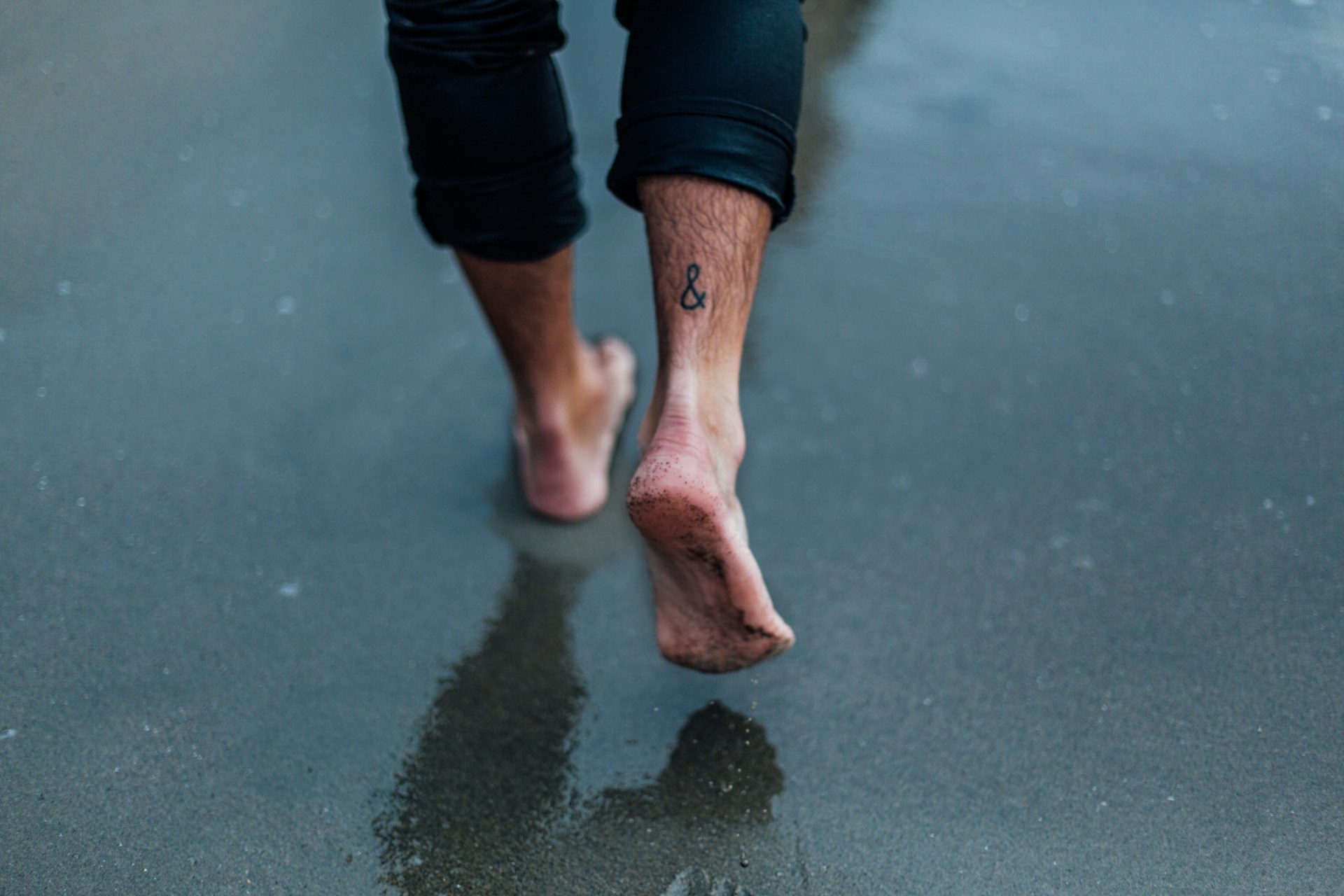Diabetes, a prevalent and chronic disease, poses numerous health challenges to patients worldwide. One of its major complications is the development of foot ulcers, a condition that can lead to severe disability if not properly managed. Custom orthotic footwear has been identified as an effective way to help manage and promote healing in diabetic foot ulcers. In this article, we delve into the science behind this treatment approach, the role of pressure and plantar care in ulcer management, and the importance of individualized, custom solutions.
The Role of Custom Orthotic Footwear in Managing Diabetic Foot Ulcers
Orthotic footwear is not just any shoe. These are specially designed pieces of footwear that provide extra support to the feet, particularly in the plantar region. They are commonly used in the treatment of various foot disorders.
In the same genre : What Are the Health Benefits of Adopting a Flexitarian Diet?
For diabetic patients, custom orthotic shoes can be of immense assistance in the management and healing of foot ulcers. But how exactly do they work?
Firstly, these custom-made shoes help to redistribute pressure evenly across the foot. In a study published in PubMed, it was shown that diabetic patients often have a skewed distribution of pressure on their feet. This uneven pressure can lead to the development of ulcers, particularly in areas where the pressure is greatest. By distributing pressure evenly, orthotic shoes can alleviate the strain on these high-pressure areas, thereby aiding in the prevention and healing of ulcers.
In parallel : What's the Role of High-Intensity Interval Training in Preventing Type 2 Diabetes?
Secondly, orthotic shoes, particularly those that are custom made, provide a better fit for the patient’s feet. Regular shoes may not properly accommodate the particular shape and size of a diabetic’s foot, potentially leading to irritation and worsening of ulcers. Custom shoes, on the other hand, are designed based on the patient’s exact foot measurements and shape, ensuring a comfortable fit and reducing the risk of irritation.
The Crucial Role of Pressure
Pressure plays a significant role in the development and progression of foot ulcers in diabetics. It’s a contributing factor that exacerbates the condition, making foot care a challenging task for many patients.
When pressure is exerted on certain parts of the foot for extended periods, it can lead to damage in those areas. This damage often results in ulcers, particularly in diabetics whose feet are already at risk due to their disease.
Orthotic footwear helps in managing this pressure. It does so by distributing the body’s weight evenly across the entire foot, reducing the excessive pressure on certain areas. According to multiple scholars, consistent use of orthotic shoes can significantly help in preventing the formation of ulcers and promoting faster healing of existing ones.
Diabetic Foot Care and the Importance of Plantar Support
Plantar support is essentially the support given to the bottom part of the foot, also known as the plantar area. This region is crucial as it bears the brunt of the body’s weight when standing or walking, making it susceptible to developing ulcers.
Custom orthotic shoes provide excellent plantar support. They are designed with materials that cushion the plantar area, reducing the impact on the foot during movement. This cushioning effect helps to protect the foot from injuries and promotes healing of existing foot ulcers.
Besides using custom orthotic shoes, it’s crucial for diabetic patients to practice regular foot care. This includes checking the feet daily for signs of ulcers or other abnormalities, keeping the feet clean and dry, and seeking immediate medical attention if ulcers do develop.
The Role of Custom Insoles and Ankle Orthotics
For some diabetic patients, their foot care needs may go beyond custom shoes. They may require additional support in the form of custom insoles and ankle orthotics. These devices provide additional support to the foot and ankle, helping to further redistribute pressure and reduce the risk of ulcers.
Custom insoles are designed to fit inside the patient’s shoes, providing additional cushioning and support. They can be particularly beneficial to diabetics who have specific pressure points on their feet that need to be addressed.
Ankle orthotics, on the other hand, are used to support the ankle area. They can help to correct gait abnormalities that may be contributing to foot ulcer development. By aligning the foot and ankle in the correct position, they can reduce the strain on the foot and promote ulcer healing.
In conclusion, custom orthotic footwear plays a pivotal role in managing and promoting healing in diabetic foot ulcers. The redistribution of pressure, the provision of plantar support, and the use of additional devices like insoles and ankle orthotics all contribute to the prevention and healing of foot ulcers in diabetes patients. As such, these tools should be considered essential components of diabetic foot care.
The Importance of Rehabilitation Medicine in Diabetic Foot Care
Rehabilitation medicine plays a crucial role in the management of diabetic foot ulcers. It is not only concerned with the physical improvement but also focuses on therapeutic interventions to enhance the overall quality of life of patients with diabetes. This holistic approach to patient care includes the use of custom orthotics which have been identified as a critical tool to promote healing in foot ulcers.
According to a Google Scholar search, numerous studies and articles have shown the usefulness of custom orthotic footwear in reducing pressure on the plantar foot, thus aiding in the treatment of foot ulcers. Custom orthotics can be particularly beneficial for people diabetes who are prone to complications, including the development of foot ulcers.
One focus of rehabilitation medicine is maintaining mobility and independence in patients. In this context, the role of custom orthotics extends beyond the direct healing of foot ulcers. These devices can help in correcting gait abnormalities, reducing pain, and allowing diabetic patients to stay active and mobile. This improved mobility can indirectly promote the healing of foot ulcers by improving blood circulation in the foot, facilitating the delivery of nutrients and oxygen to the affected areas.
On top of custom footwear, knee-high loading devices have also been used in the treatment of foot ulcers. These devices, according to a study found on Pubmed Google, can significantly reduce ulcer recurrence. By using these devices, pressure is taken off the foot, allowing the ulcer to heal without interruption.
Conclusion: Incorporating Custom Orthotics into Diabetes Care
In conclusion, custom orthotic footwear is an integral part of the management and healing of diabetic foot ulcers. It is a vital tool in the broad field of rehabilitation medicine, enabling diabetic patients to maintain their mobility and independence while promoting faster healing of foot ulcers.
The redistribution of pressure, courtesy of the custom insoles, provides excellent plantar support and reduces the risk of ulcer recurrence. The use of knee-high loading devices also provides an additional layer of protection, further promoting the healing process.
However, it is important to note that while custom orthotics and footwear are highly beneficial, they are just one component of comprehensive diabetes care. Regular foot checks, maintaining a clean and dry foot environment, and immediate medical attention in case of ulcer development should all be part of a diabetic’s daily routine.
For diabetic patients, custom orthotic footwear is not just a shoe; it is a tool for better health and improved quality of life. As the evidence on orthotics continues to evolve, more tailored solutions will surely emerge, providing even better care for people with diabetes.

